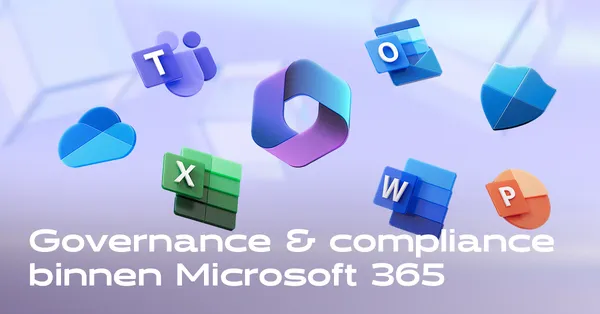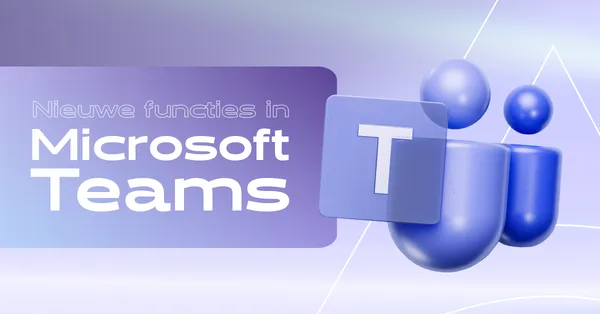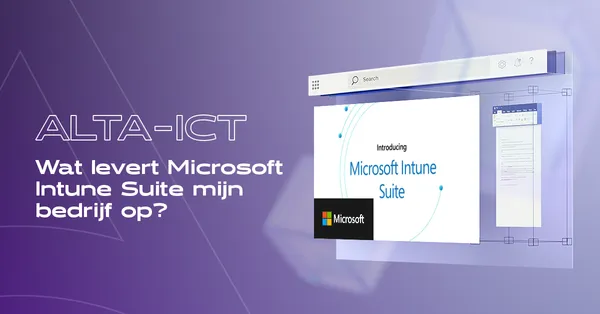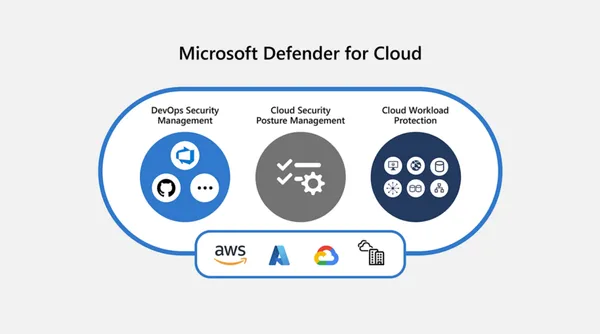
Knowledge base
May 22, 2021
Slack Connect vs Microsoft Teams Connect: Is this better than email?
The two rival platforms want to bring internal corporate communications outside the office.
Business communication is a hotly contested market with a whole range of different services that your organization can use for internal messaging. Two companies that always seem to be at odds in this space, Slack and Microsoft Teams, want to go one step further. They want companies to talk to other companies from their platform, rather than using emails.
Slack is a communication platform that, at its most basic, provides internal instant messaging and document sharing services to businesses. Managers and employees create and use different ‘channels’ to talk to each other and these channels help to distinguish departments or workflows depending on the preference of the organization.
Microsoft Teams is also a communication platform, but it puts more emphasis on video conferencing and comes with Office 365 integration. It looks and feels very much like Slack, as it also uses ‘channels’ for collaboration. The two are fierce rivals, but currently seem to have the same goal: to make email redundant.
Slack Connect
Slack has never hidden its disdain for email, and some would say the platform was built entirely with the goal of crushing the outdated technology. But while companies can use Slack to talk internally, until recently, they were still relying on email to reach everyone outside their organization. However, in June 2020, Slack launched a new feature to fix this and (in his mind) kill email altogether – Slack Connect.
Users can connect to third parties by going to the sidebar in Slack and clicking Add Channels. This offers two options: ‘Create a new channel’ or ‘Browse all channels’ and users will have to click on the first. The channel needs a name before it can be created. To distinguish it from your internal channels, you need to send an invitation to the third party you want to speak to. From there, the responsibility is with the recipient who has to accept the link and set up the same channel on their side (in their own Slack account). This is then verified and approved by account administrators on both sides.
Microsoft Connect
As Slack would like it to be, Microsoft Teams is a worse version of its platform that only dominates in space because it’s bundled with Microsoft’s Office 365 suite of services – the argument is that it’s imposed on users rather than something they would necessarily do choose to use. Microsoft disputes this, of course, but it now offers a service similar to Slack Connect, also known as “Connect.”
It is currently available as a ‘preview’, with a full release scheduled for later in 2021. It works the same way as Slack because you create the channel in your sidebar, under the “Your teams” section. The shared channel is called ‘Agent Portal Launch’ and once you click on it, you get a pop-up window where you can share a link with the intended party. Again, it needs the approval of administrators on both sides.
Pros and Cons
Users can only have a maximum of 20 organizations at a time with Slack Connect, and bringing in someone new to shared channels means someone has to get out. Keep in mind that each connection needs to be verified by your account administrators and the same process on the other side, so at first it’s much more work than a simple email. But if you have a group of companies that you talk to regularly, having a shared channel is easier, faster, and you work better together. You will feel less like customers and partners, and more like colleagues. So far, there have been no limits on the number of organizations you can link to Microsoft Teams Connect with.
The debate over whether or not Teams is as good as Slack is downright pointless because, as the smaller company keeps indicating, Teams comes with Office 365. Slack in itself doesn’t offer the breadth of services Microsoft does, so the Biggest Benefit of Teams is working within a range of services that many companies already use. By linking Teams accounts together, different companies can work on projects at the same time. This can be done with Slack because it has an integration with Google Workplace (formerly G Suite), but it’s not one holistic platform, it’s multiple providers that have merged.
However, as the first to launch, Slack Connect has an edge over new features and security controls. In addition, it will soon operate under Salesforce, which could potentially increase Slack’s number of business customers. Analysts suggest salesforce will start using Slack Connect as a business networking service as a feature of the acquisition.
Why not just use email?
There are a number of issues plaguing email, such as spam and phishing, that can slow productivity and also compromise a company’s security. Add to that the growing list of additional services that people now use to work remotely and connect with partners or customers, all of which need to be installed and managed by IT, and it can get very messy very quickly. Slack’s answer is to have everything you need – colleagues, partners, suppliers, customers – in one place.
It requires a paid Slack account for both sender and recipient, which in itself is an argument for continuing with email. While Slack is popular, especially with startups, it’s just one service in a highly competitive market. Chances are, the people you want to speak to are using Microsoft Teams, which reportedly exceeded 75 million daily active users by mid-2020.
However, Slack is determined to stop email and recently added a feature to Connect that allows users to send messages directly to people from outside their organization. Slack DMs work in the same way as Connect because users send an invitation to a person at another organization that is controlled by administrators on both sides. The feature was initially launched with the option to add a custom message to the invitation, but Slack had to stop that after concerns were raised that it could be used to send abusive messages. Despite this, Slack DMs is now available with paid accounts, and so far, no similar feature is available on Microsoft Teams Connect.
There are many (often similar) benefits with both services, and there’s also plenty of room to add new features. But it has to be said, there is not really enough to finally make email redundant.
Source: cloudpro
Want to know more?
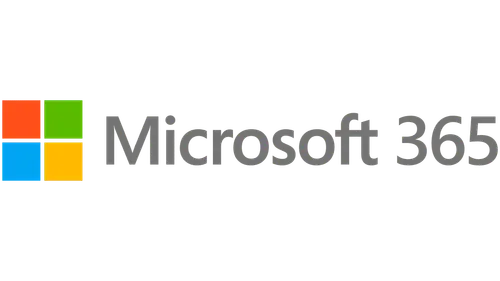
Related
blogs
Tech Updates: Microsoft 365, Azure, Cybersecurity & AI – Weekly in Your Mailbox.


